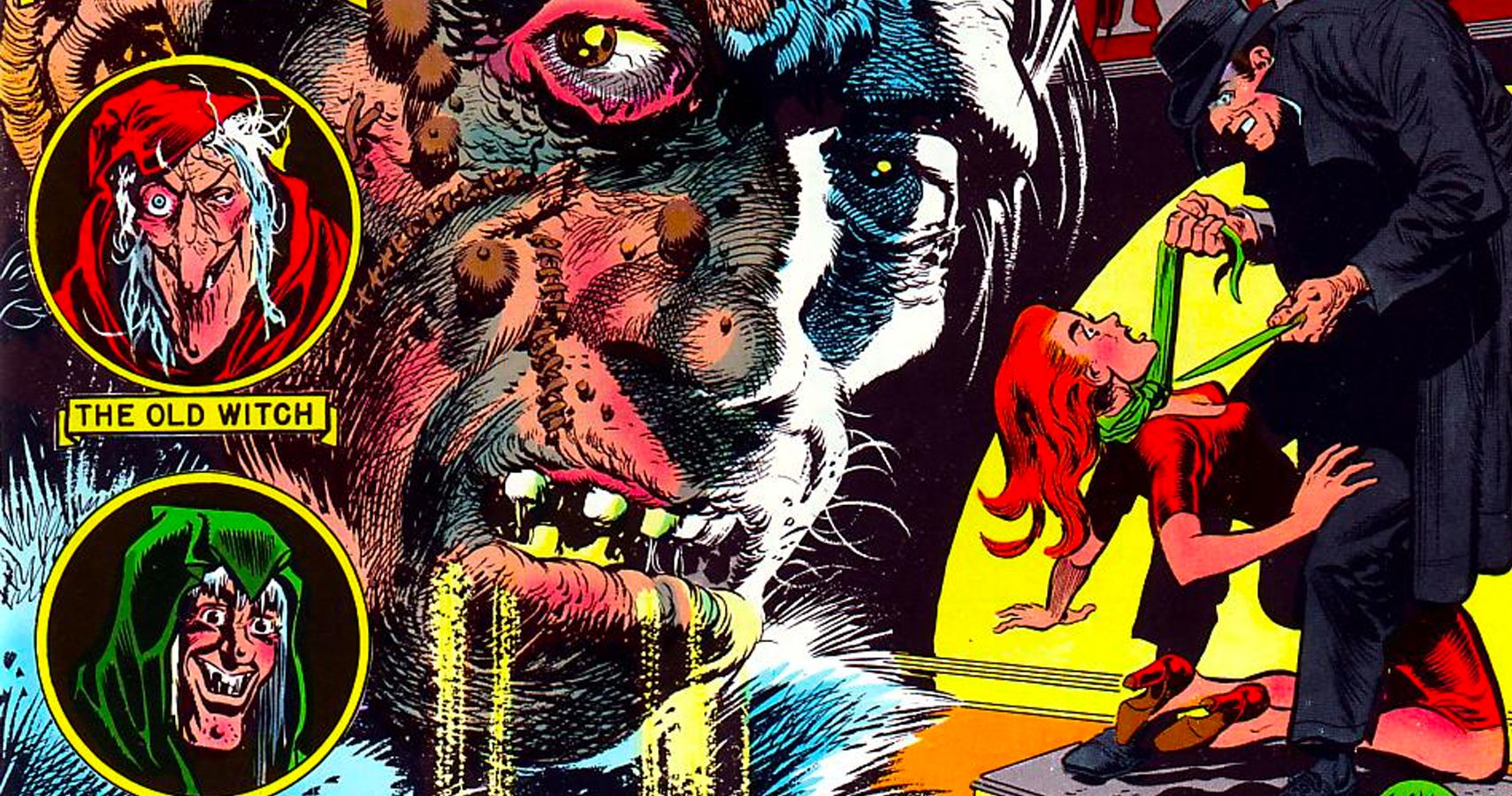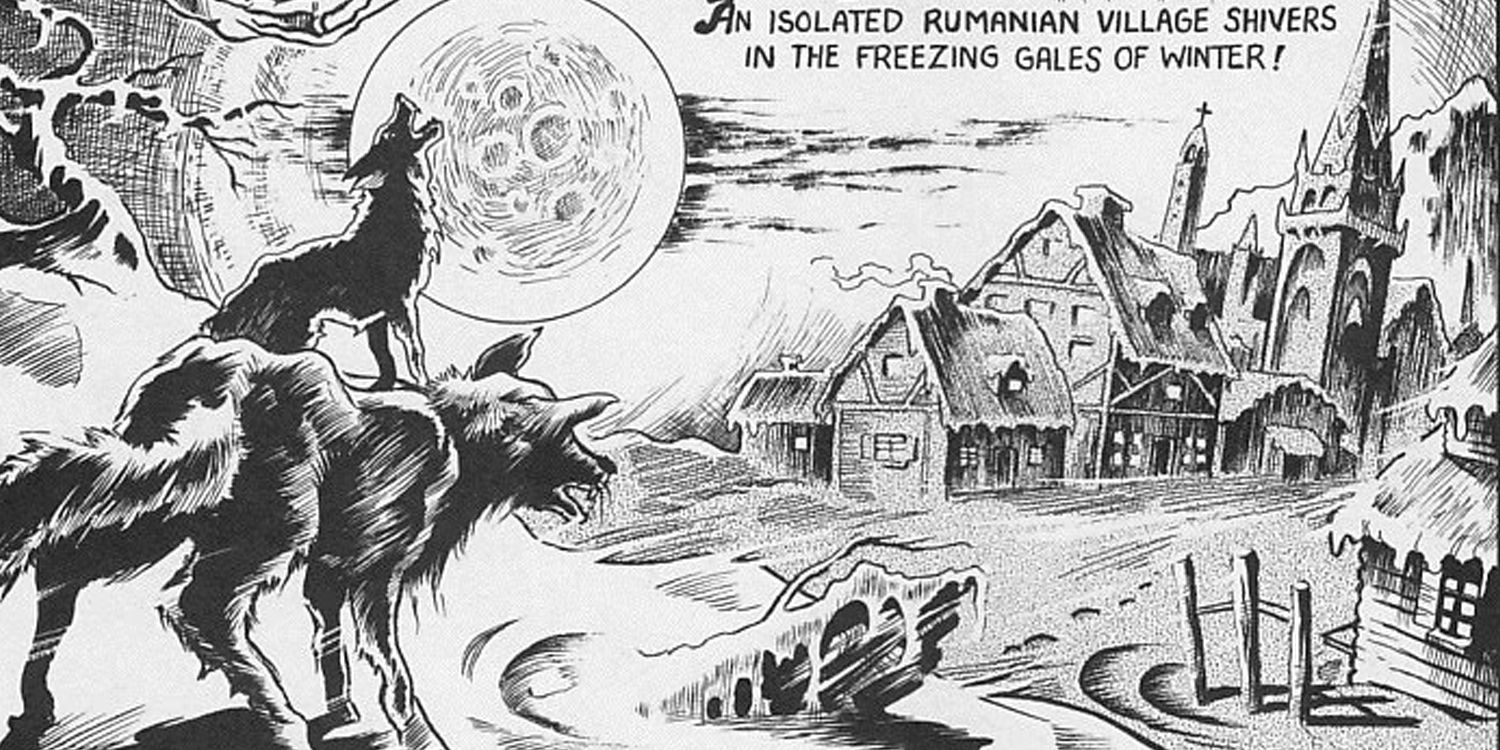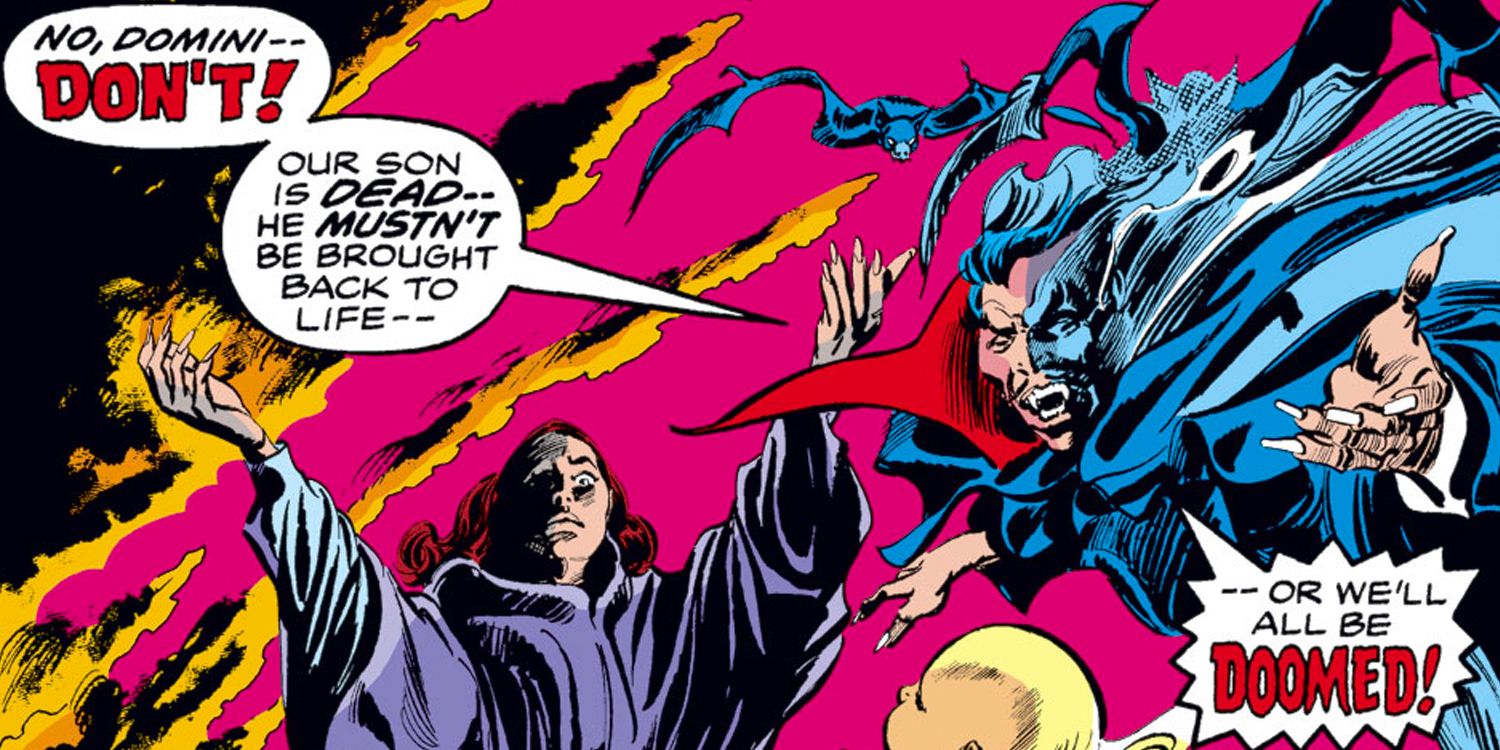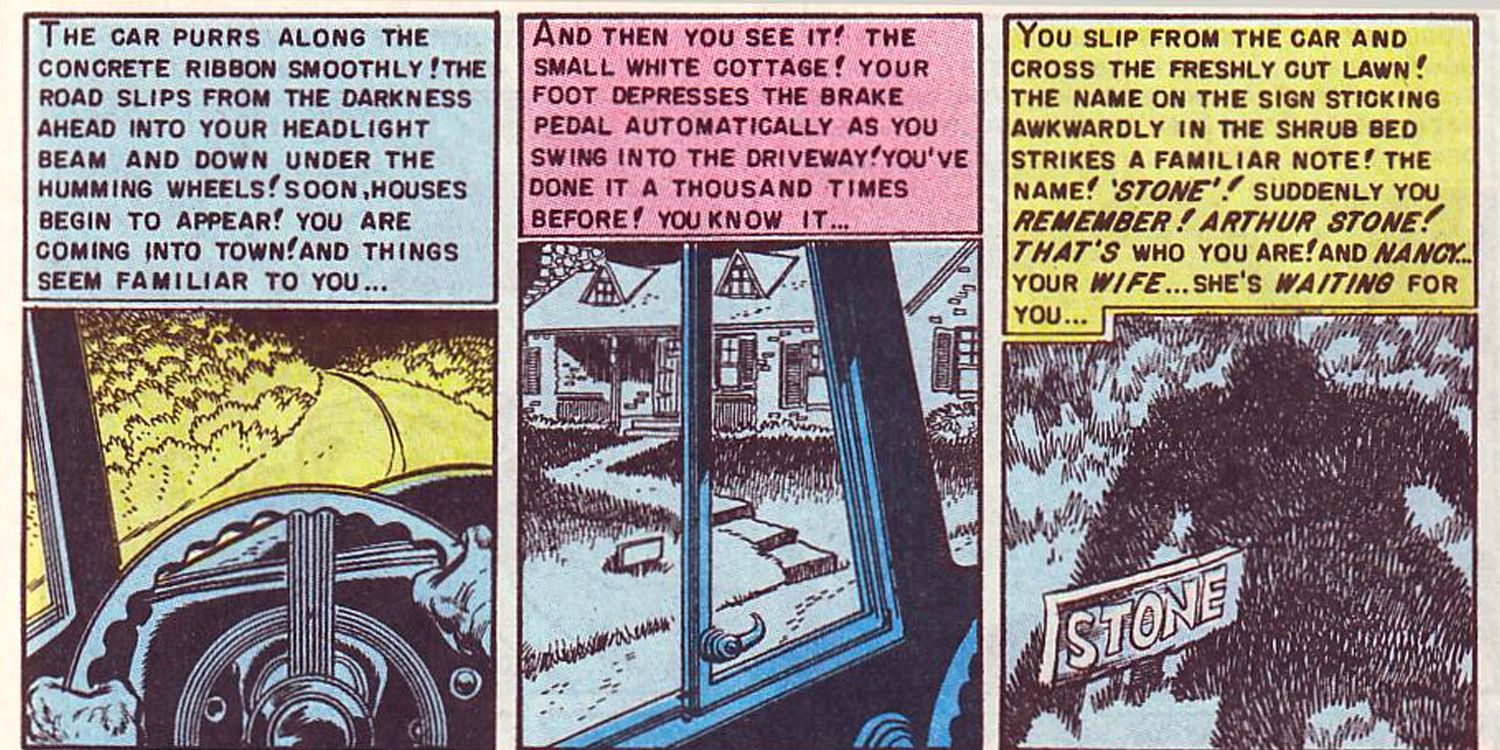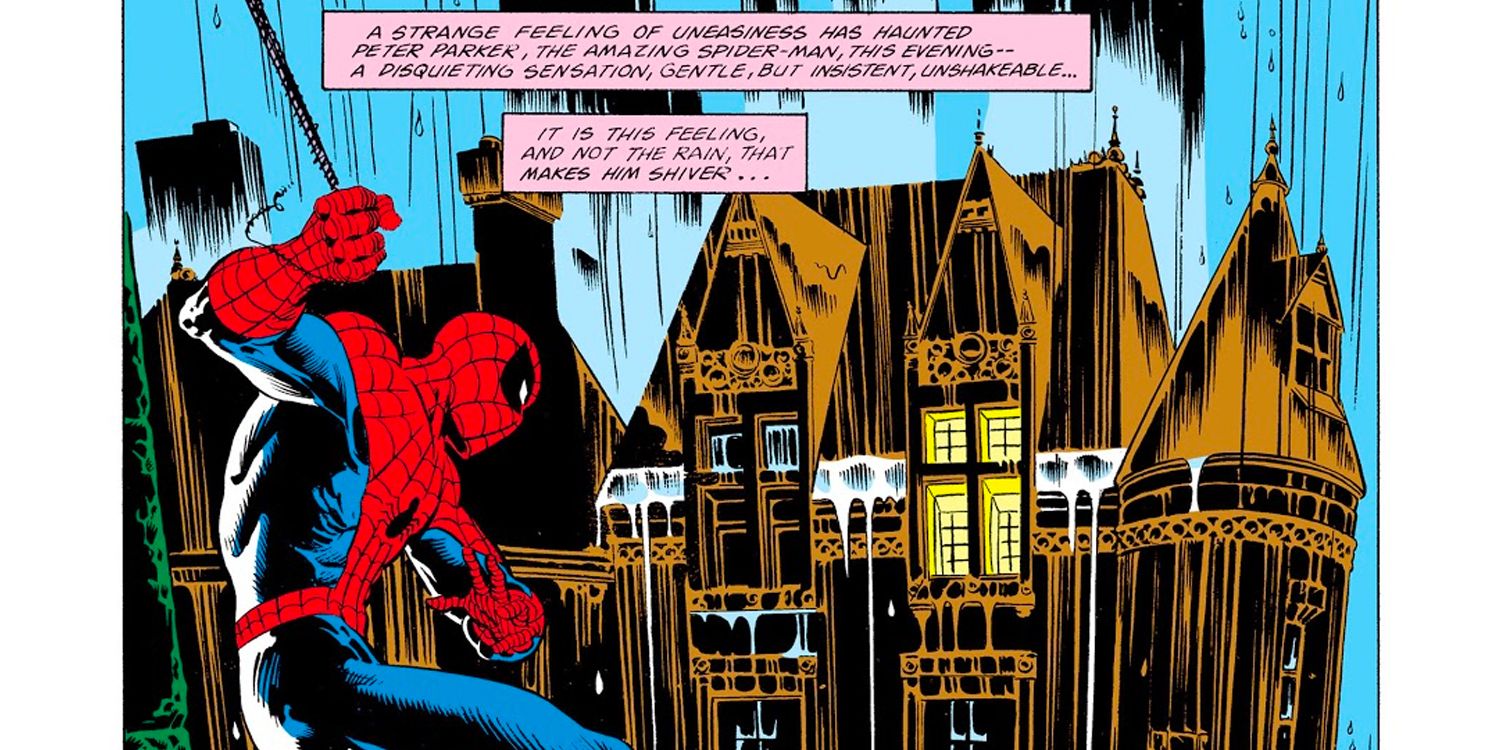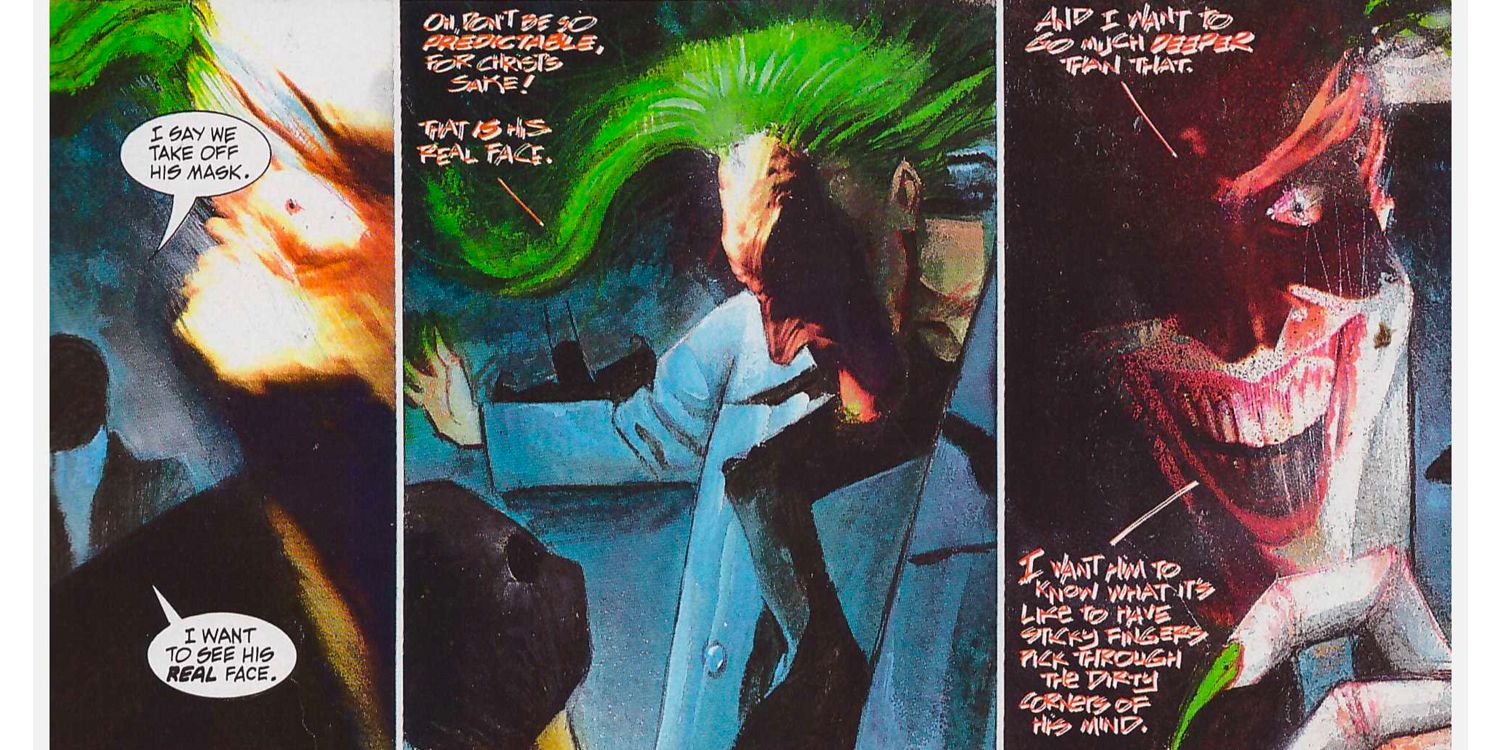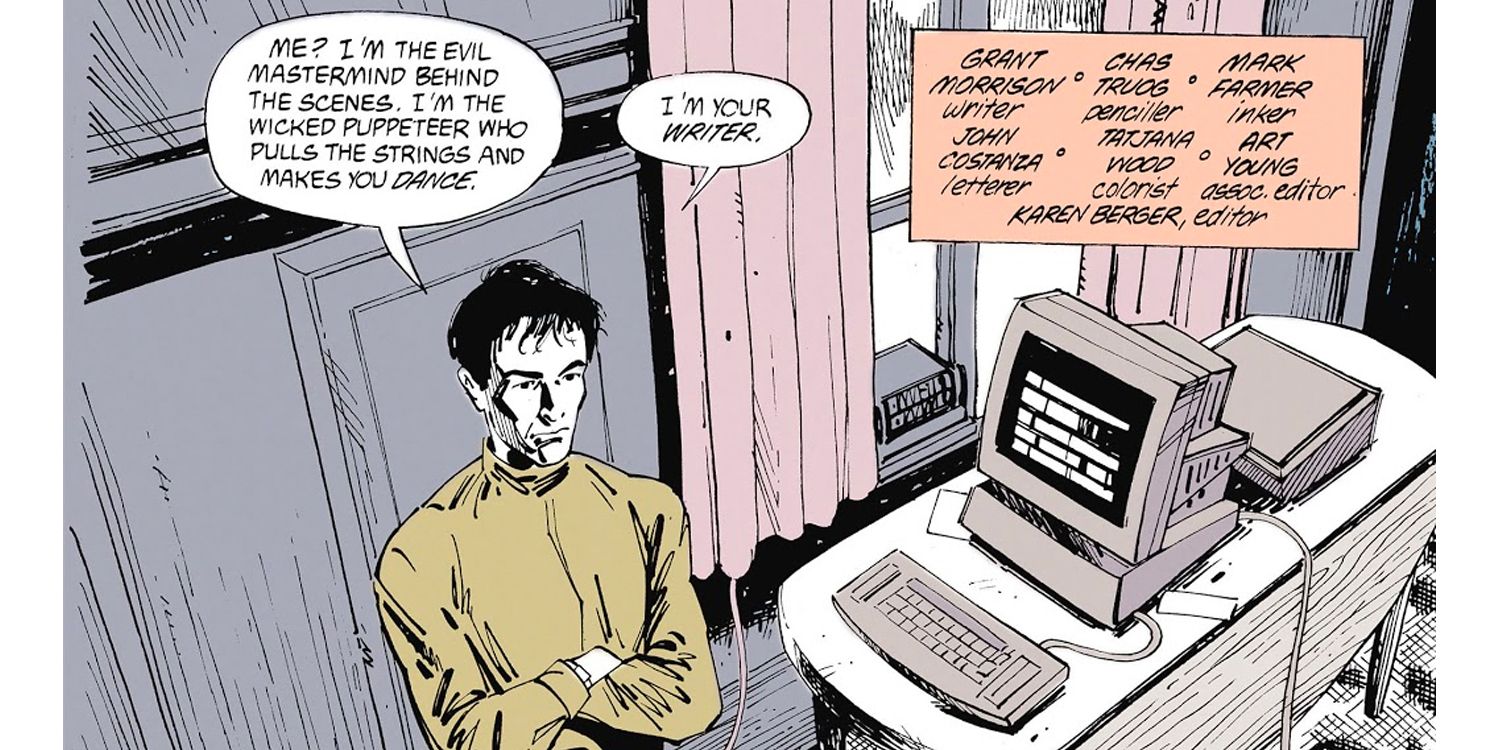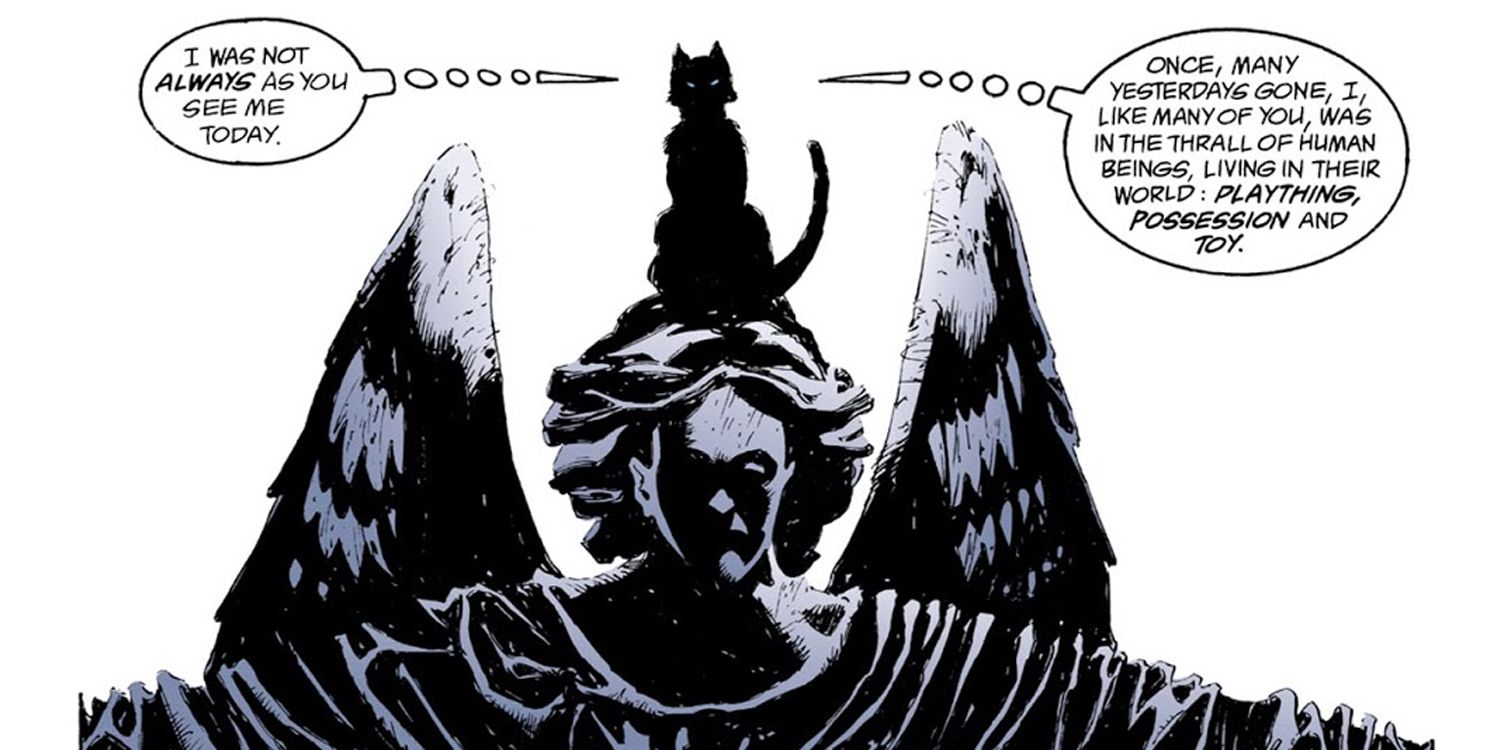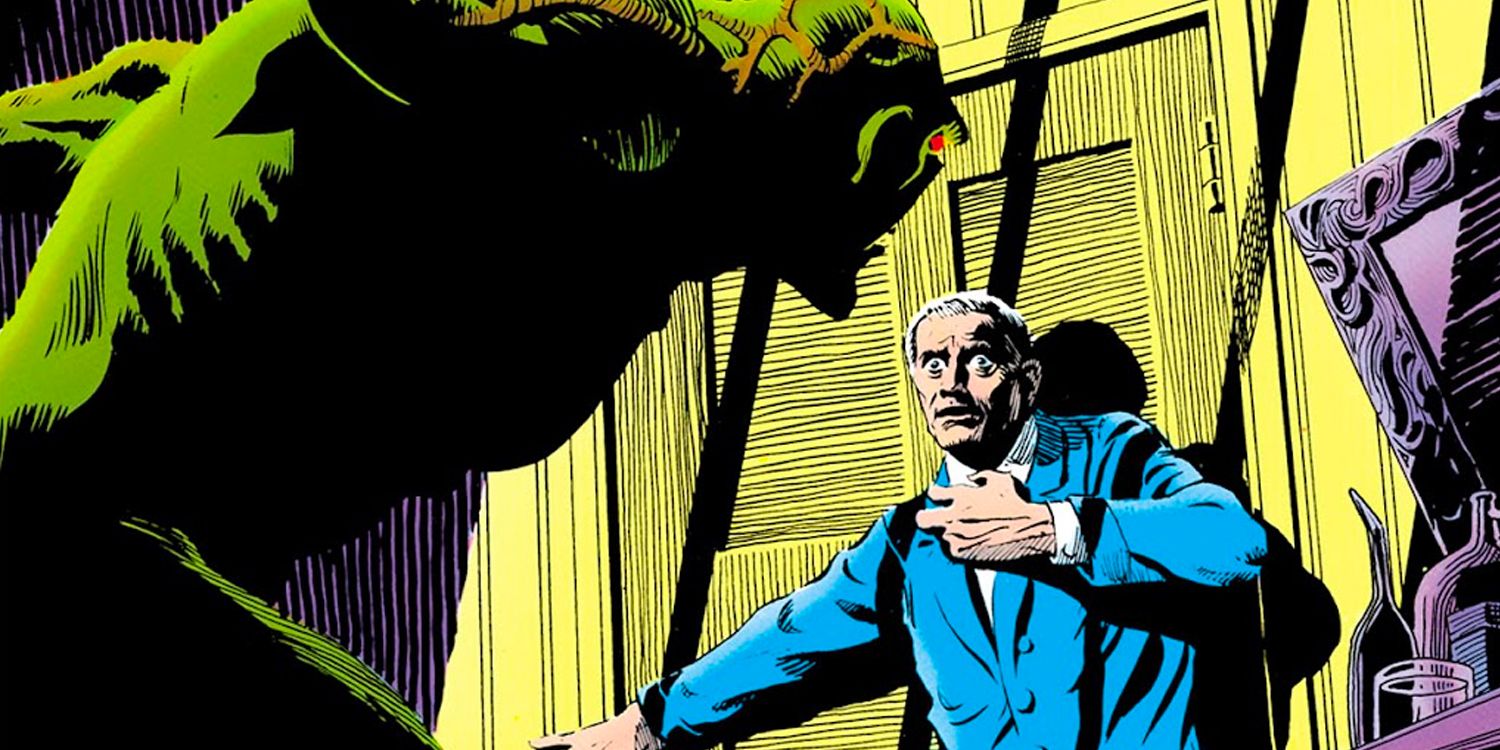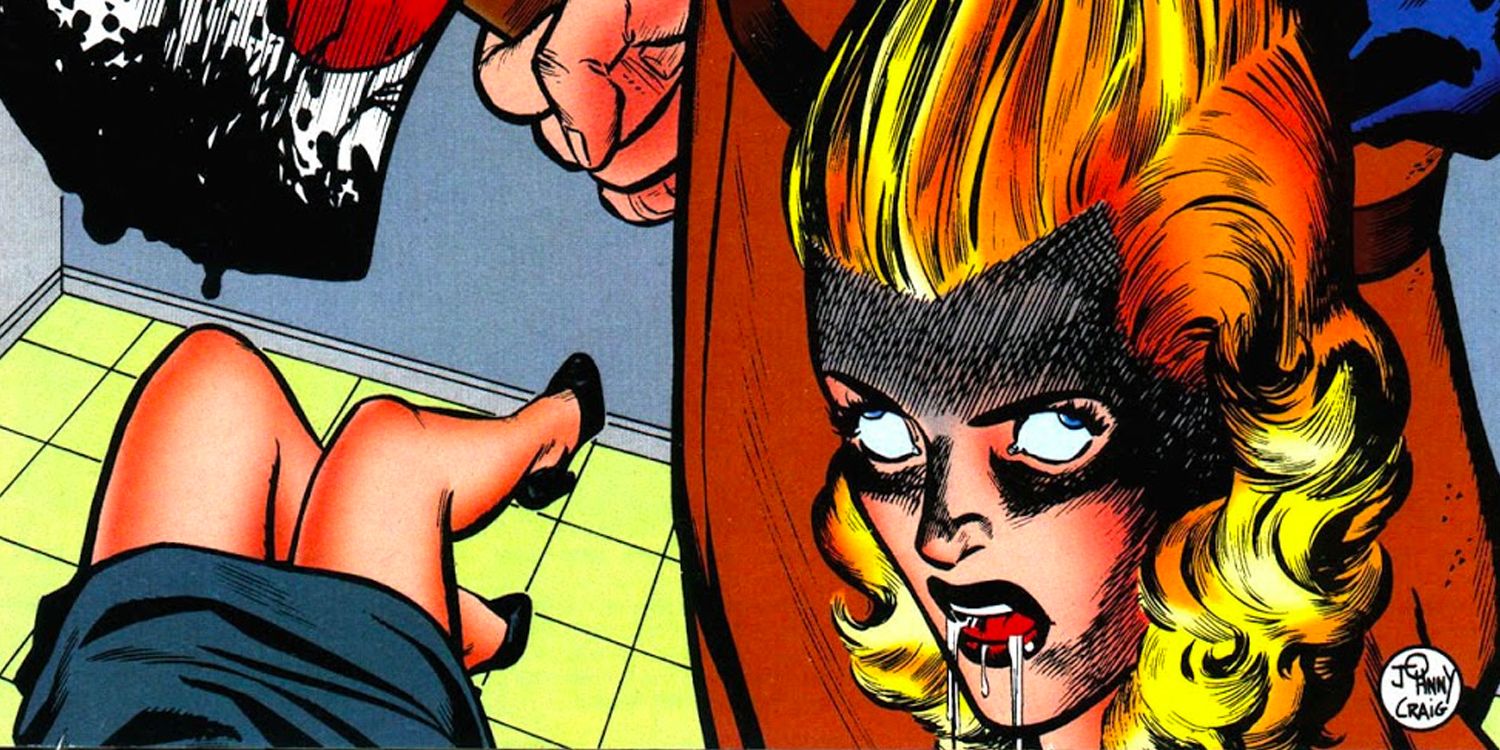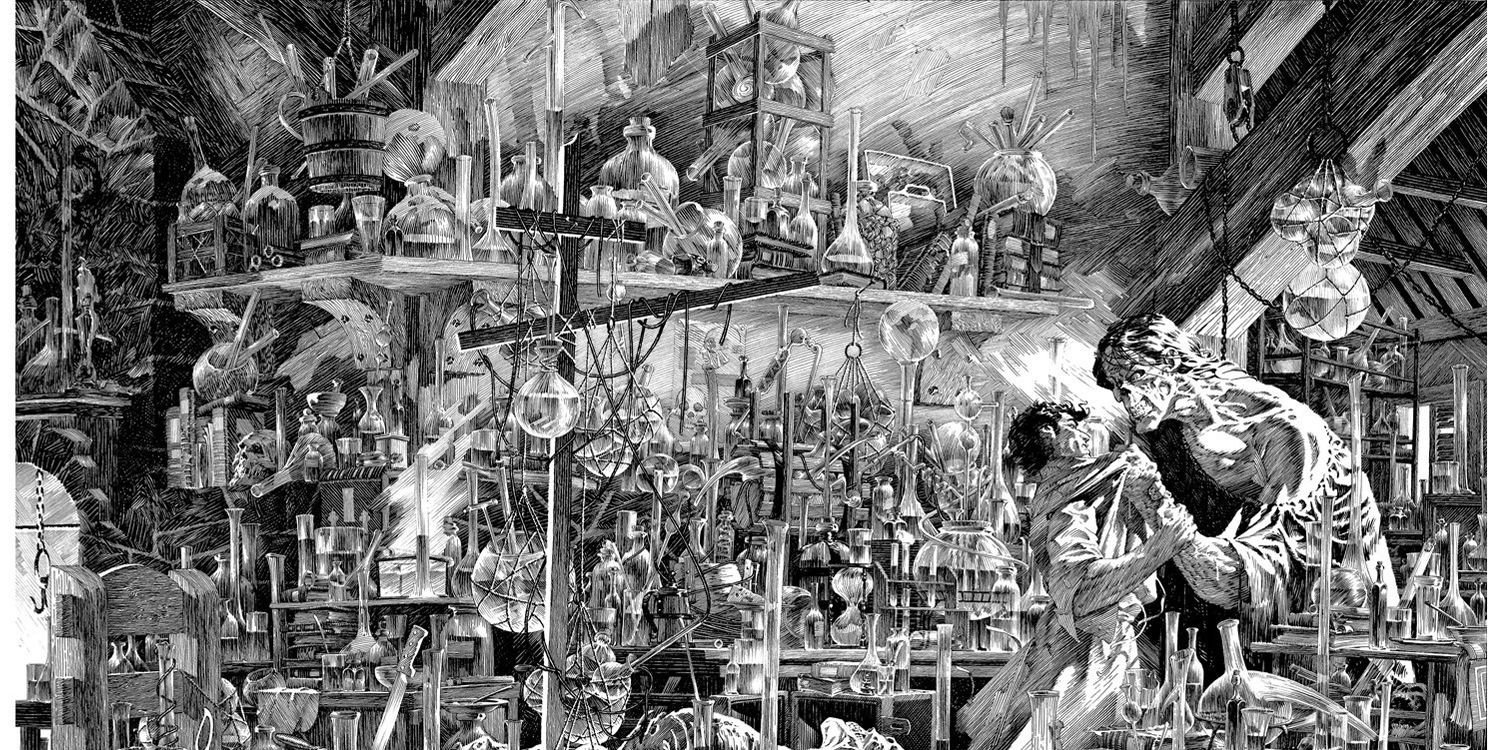Over the decades, horror comics have evolved from the cheap thrills of the 1930s and 40s to the seminal EC Comics of the early 50s to the more cerebral terrors of DC's Vertigo. The art of horror storytelling in the medium has been shaped by many talented creators with their own singularly terrifying tales to tell.
Today, we have great horror titles like The Walking Dead, Harrow County, Locke & Key and many, many more taking comics and the mainstream media by storm. But they were all preceded by the great horror comics of days gone by, brought to you by a Who's Who of creative talent that helped embroider the horror genre into the fabric of pop culture. So, if you're a real fan of horror comics, there's still some required reading you may need to do.
10 Santa's Claws (Web of Horror #3, Major Publications, 1970)
You may not be sure where "Rumania" is, but Frank Brummer was so multitalented that he can certainly be forgiven one little spelling error and some sketchy cultural research. He wrote, penciled, and inked this classic Christmas horror gem for April 1970's Web of Horror #3. Santa's Claws is a seven-page short created in the classic horror anthology "shock ending" style.
Shortly after a mysterious stranger comes to a small village in the dead of night, villagers begin to disappear. But, when the villagers get wise to the vampiric villain's ways, he pretends to be Santa Claus to lure new victims in, and the real Chris Kringle isn't having it! This and many other classics were reprinted in the 2008 Mammoth Book of Horror Comics from Robinson Publishers.
9 Tomb of Dracula #61 (Marvel, 1977)
Marv Wolfman and Gene Colan's Tomb of Dracula was one of comics' finest hours in many ways. The duo created Blade, a character who went on to have his own movie franchise featuring Wesley Snipes and is soon to be rebooted with Mahershala Ali. The seminal horror series served as a training ground for both comic book greats to explore their storytelling abilities and pretty much invent an entirely new genre.
This version of Dracula existed within Marvel Comics continuity and even had a pretty incongruous guest appearance from the Silver Surfer, among others. One thing that sets this issue apart is Wolfman's take on Dracula as a complicated, conflicted character who is torn between his love for his wife Domini and his overwhelming desire to stop her from resurrecting their child.
8 Mirror, Mirror, On the Wall (Tales From the Crypt #34, 1953, EC Comics)
Written by Bill Gaines, co-plotted by Al Feldstein, and masterfully illustrated by legendary artist, Jack Davis this 1950s Tales From the Crypt: Crypt of Terror tale still holds up well today. The story is seen through the eyes of the protagonist who wakes up and emerges from a "swirling sea of darkness" into a world that he doesn't understand.
It's a sympathetic take on Mary Shelley's monster, told from the point of view of a confused, lonely character who's just trying to find out what happened to him. We don't see what the character looks like right until the end of the story, and, even though we've pretty much figured out who he's based on by then, it still has the necessary shock value thanks to the power of Jack Davis's pen.
7 Amazing Spider-Man #228 (Marvel, 1982)
This one may seem out of place at first glance. Spider-Man isn't traditionally associated with horror. But 1982's Death By Spider by writer Jan Strnad and artist Rick Leonardi delivers plenty of scares—especially for those who are arachnophobic.
Spider-Man is not quite feeling himself, and he finds that he's suddenly prone to fits of anger. One of these uncontrollable rages sees him beat a group of thugs so badly that they beg for mercy. To top it all off, spiders all over the city are going crazy and killing people. This uncharacteristically dark Spidey tale is as creepy as they come—a must-read for fans of comic book horror.
6 Arkham Asylum: A Serious House on Serious Earth (DC Comics, 1989)
Grant Morrison and Dave McKean's spine-chilling Batman tale takes place in Gotham's famous holding facility for the criminally insane. The lunatics have taken over the asylum, all led by the Joker, who takes Batman on a journey down a darker rabbit hole than Lewis Caroll could ever have imagined.
This story is less about Batman catching villains than it is about his shattered psyche. It becomes clearer by the page that Batman may well be even more mentally ill than the lunatics he's imprisoned. This entry is a macabre portrait of insanity that will leave even the most seasoned reader feeling deeply unsettled.
5 Animal Man #26 (DC Comics, 1990)
What could possibly be more terrifying than finding out that you have no control over your life whatsoever? What if you discovered that everything you felt, experienced, and lived through every day, was merely created for someone's entertainment?
This is the premise behind Grant Morrison's final issue of Animal Man. Morrison creates one of the most frightening villains ever in this issue, someone who has absolute power over the hero and his entire world: himself. The 1990s were highly successful and experimental in Grant Morrison's storytelling career.
4 Sandman #18 (DC Comics, 1990)
Both Neil Gaiman and Kelley Jones had to be included somewhere on this list, and how fitting that they appear together. This issue of Sandman gives readers an inside look at the shadowy secret lives of cats, as told by a cat who shares her dream with her feline followers.
In her dream, she goes on a journey to visit the "Cat of Dreams," who tells the tale of how felines once ruled the Earth and humans pandered to their every need. It becomes clear that the cats wish to rule again, and the great Cat Prophet will spread the word to her species far and wide until they rule once more.
3 The Saga of the Swamp Thing #21 (DC Comics, 1984)
Alan Moore's Swamp Thing tales were moody, dark, and full of suspense, but intermingled with equal measures of empathy and humanity. His entire run on the series is generally recommended reading in the horror genre and singling out any story is not an easy task.
That said, The Anatomy Lesson, written by Moore and illustrated by artists John Totleben and Stephen Bissette, is a fine example of everything that made the series work so well. It's a story of the titular hero's rebirth after he's been frozen and dissected, told against an intensely creepy backdrop, complete with a terrifying villain.
2 Crime SuspenStories #22 (EC Comics, 1954)
This issue is being featured in its entirety, largely because of its notoriety and its unavoidable involvement in the fall of horror comics in the 1950s. The issue features some classic suspense and drama, with In Each and Every Package (the cover story), and a back-up tale called Monotony about a shady bank employee who takes advantage of a vulnerable old lady.
Most importantly though, this issue was a hot topic of conversation at the 1954 Senate Subcommittee Investigation into Juvenile Delinquency, which ultimately resulted in EC Comics ceasing publication and gave rise to the Comics Code.
And it all began with one question posed to publisher William Gaines from Senator Estes Kefauver (Quote): "Here is your May 22 issue. This seems to be a man with a bloody ax holding a woman's head up which has been severed from her body. Do you think that is in good taste?".
1 Bernie Wrightston's Frankenstein (Marvel, 1983/Dark Horse 2008)
The late Bernie Wrightston was comic book royalty. He was highly praised by the likes of Stephen King, Neil Gaiman, Guillermo del Toro, and many comic book greats. Wrightston made an indelible mark on comics history, particularly in the horror genre, and possibly one of the most beautiful pieces of art created in the 20th century was Bernie Wrightston's Frankenstein.
A companion volume (in pure comic form), Frankenstein: Alive, Alive!, was posthumously completed and released by Steve Niles and Kelley Jones for IDW. A proud Wrightston protege, Kelley Jones continues to carry the torch in his own uniquely dark style.

